Offering a Broad Range of Horizontal Auger Boring Services
Casing sizes that we install range from 12" to 84" in diameter and from 0 to 500' long. This type of boring is performed in both cohesive and granular type soils free of large rocks/boulders or large concentrations of cobbles or large gravel or high water content.
This method is generally used when a steel casing is required to be used as a liner for a smaller utility to be installed inside the casing.
PILOT TUBE METHOD:
Casing Sizes that we install utilizing this method: 4" to 60" diameter and from 0 to 600' long.
This type of boring is performed in both cohesive and granular type soils free of large rocks/boulders or large concentrations of cobbles or large gravel or high water content.
This method is generally used when a steel casing is required to be used as a liner for a smaller utility to be installed inside the casing AND line and grade is critical. While conventional boring is accurate, we generally select this method for extremely tight tolerances or longer casing installations.
SOLID ROCK BORING:
Casing Sizes that we install utilizing this method: 24" to 54" diameter and from 0 to 400' long.
This method is much like conventional boring with the exception of the cutting head. We have different cutting heads for solid rock (including Christmas Tree style and Robbins "SBU" Small Boring Units). For shorter bores, we may utilize a Christmas Tree style head to cut the rock. For longer bores or bores requiring more accuracy, we utilize a Robbins SBU. For both types of cutting heads, the bore must be completed in a full face of solid rock for the entire distance. We recommend the Contractor dig test holes at both ends of the bore and design the casing such that the top of the casing is several feet into the rock. We ask that the Contractor pour a concrete starter block where the casing will enter the ground—this allows our rock head to be started straight into the ground vs bouncing all over a jagged face of rock. For this method, grade control is achieved utilizing the SBU. Please contact our office if a partial face of rock and dirt will be encountered in the bore for recommendations on the proper installation method.
SLICK BORING:
Sizes that we install utilizing this method: 4" to 60" diameter and from 0 to 600' long
This method is generally used when installing a steel pipeline and a casing is not desired around the pipeline. For this method, conventional boring, pilot tube boring, or rock boring are all an option. For this method, we install a temporary pipe (the same size as the pipeline) utilizing one of the previously mentioned options. Following the temporary pipe installation, the pipeline Contractor we are working for welds the permanent product pipe to the temporary pipe in the bore pit. We push the product pipe into the ground, subsequently pushing the temporary pipe out in the far receiving pit. The temporary pipe is cut out and salvaged. Product pipes are continually lowered into the bore pit and welded and pushed until the product pipe reaches the receiving pit.


